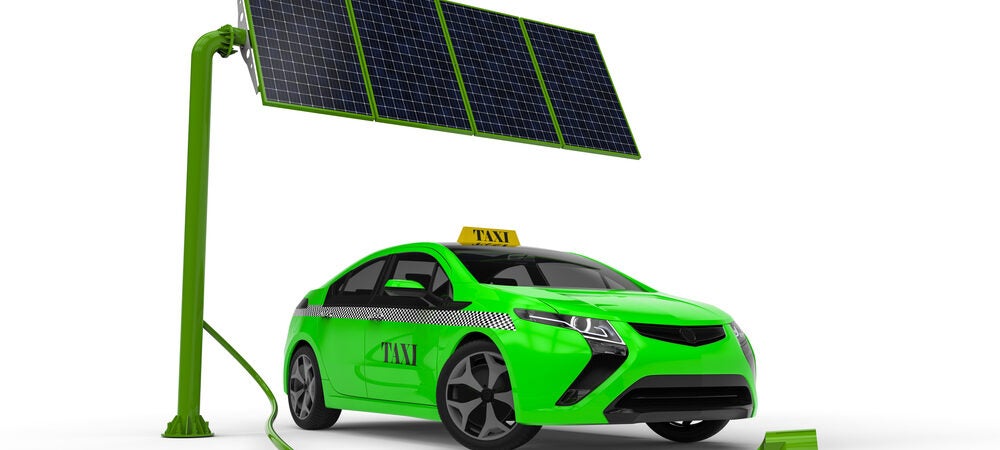The European Green Deal is one of the world’s most ambitious climate policies to usher the European Union into the net zero economy by 2050. To happen, it will require a massive ramp up of technologies from wind turbines to electric car batteries, but the question is how much of the value will be captured by industry in Europe.
The global race to lead the production of these cleantech, as well as raw materials that go into them, has been unfolding for a few years now. Europe has secured much commitment and investment in the area of electric cars (EV) and batteries already. Dozens of billions have poured into scaling EV manufacturing and batteries. Over half of all lithium-ion batteries on the EU market in 2022 were produced in Europe, with the continent projected to become the world’s second biggest battery cell manufacturer by the end of the decade.
But the US Inflation Reduction Act (IRA), launched in August 2022, has changed the rules of the industrial game and might make companies re-prioritise the current announcements in Europe towards the US. For EVs and batteries, the risk is that the projects – and therefore Europe’s ambition – gets delayed. For critical metals and their processing, where Europe is only starting to catch up, the risk is that investments would simply go elsewhere. In just a few months since the launch of the US IRA, investments into battery factories, new mines and electric vehicles have mushroomed in North America. This is in response to the requirement that 40% of battery metals need to come from the US and half of all battery components made in North America from 2024 for the full EV tax credit to apply. The battery supply chain of an electric car will receive up to USD 50 of subsidy per each kWh of battery, or over a third of the total battery costs today.
So far Europe has one of the most ambitious climate regulations in the world. The next step now is to beef it up with a robust industrial muscle to ensure we capture parts of the growing value chain for our jobs and economic resilience.
2023_01_TE_Raw_materials_IRA_report-1To view the full report, please click here.

